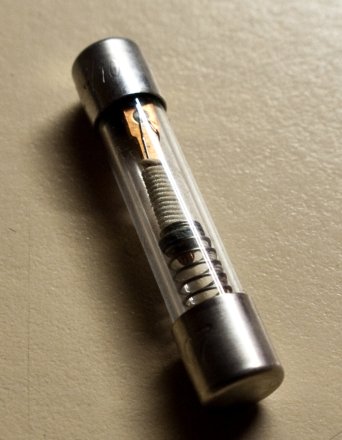In the realm of electrical circuits, the terms MCA (Minimum Circuit Ampacity) and MOCP (Maximum Overcurrent Protection) often arise, each playing a crucial role in ensuring the safety and integrity of electrical systems. While both values are associated with circuit protection, they serve distinct purposes and are determined using different criteria. Understanding the nuances between MCA and MOCP is essential for electricians, engineers, and homeowners alike to make informed decisions about electrical safety and compliance with building codes.
MCA: The Foundation of Circuit Protection

MCA, or Minimum Circuit Ampacity, represents the minimum allowable ampacity of a conductor or cable. It is the maximum continuous current that a conductor can safely carry without overheating or causing insulation damage. MCA is determined by various factors, including the conductor material, insulation type, ambient temperature, and the number of conductors in the raceway.
Significance of MCA
MCA plays a pivotal role in electrical circuit protection by ensuring that the conductor is not overloaded, which could lead to overheating, insulation breakdown, and potential fire hazards. By selecting conductors with an appropriate MCA rating, electricians can safeguard the electrical system and prevent potential safety risks.
MOCP: The Protective Barrier

MOCP, or Maximum Overcurrent Protection, represents the maximum allowable overcurrent protection device (OCPD) that can be used to protect a circuit. An OCPD, such as a circuit breaker or fuse, is designed to interrupt the flow of excessive current in a circuit, preventing damage to the conductor and connected equipment.
Determining MOCP
MOCP is typically determined by the rating of the largest motor or other load on the circuit. This ensures that the OCPD will trip quickly enough to prevent damage to the conductor and connected equipment in the event of an overcurrent condition.
MCA vs. MOCP: A Comparative Overview
| Feature | MCA (Minimum Circuit Ampacity) | MOCP (Maximum Overcurrent Protection) |
|---|---|---|
| Definition | The minimum allowable ampacity of a conductor or cable | The maximum allowable overcurrent protection device (OCPD) for a circuit |
| Purpose | Prevents conductor overheating and insulation damage | Protects the conductor and connected equipment from overcurrent conditions |
| Determination | Based on conductor material, insulation type, ambient temperature, and number of conductors | Based on the rating of the largest motor or other load on the circuit |
| Role in circuit protection | Ensures safe and continuous operation of the conductor | Prevents damage to the conductor and connected equipment in the event of an overcurrent condition |
Conclusion
MCA and MOCP are both crucial elements of electrical circuit protection, each playing a distinct role in safeguarding the integrity of electrical systems. MCA establishes the maximum allowable continuous current that a conductor can safely carry, while MOCP determines the maximum allowable overcurrent protection device to protect the circuit from overcurrent conditions. By understanding the differences between MCA and MOCP, electricians, engineers, and homeowners can make informed decisions about electrical safety and compliance with building codes.